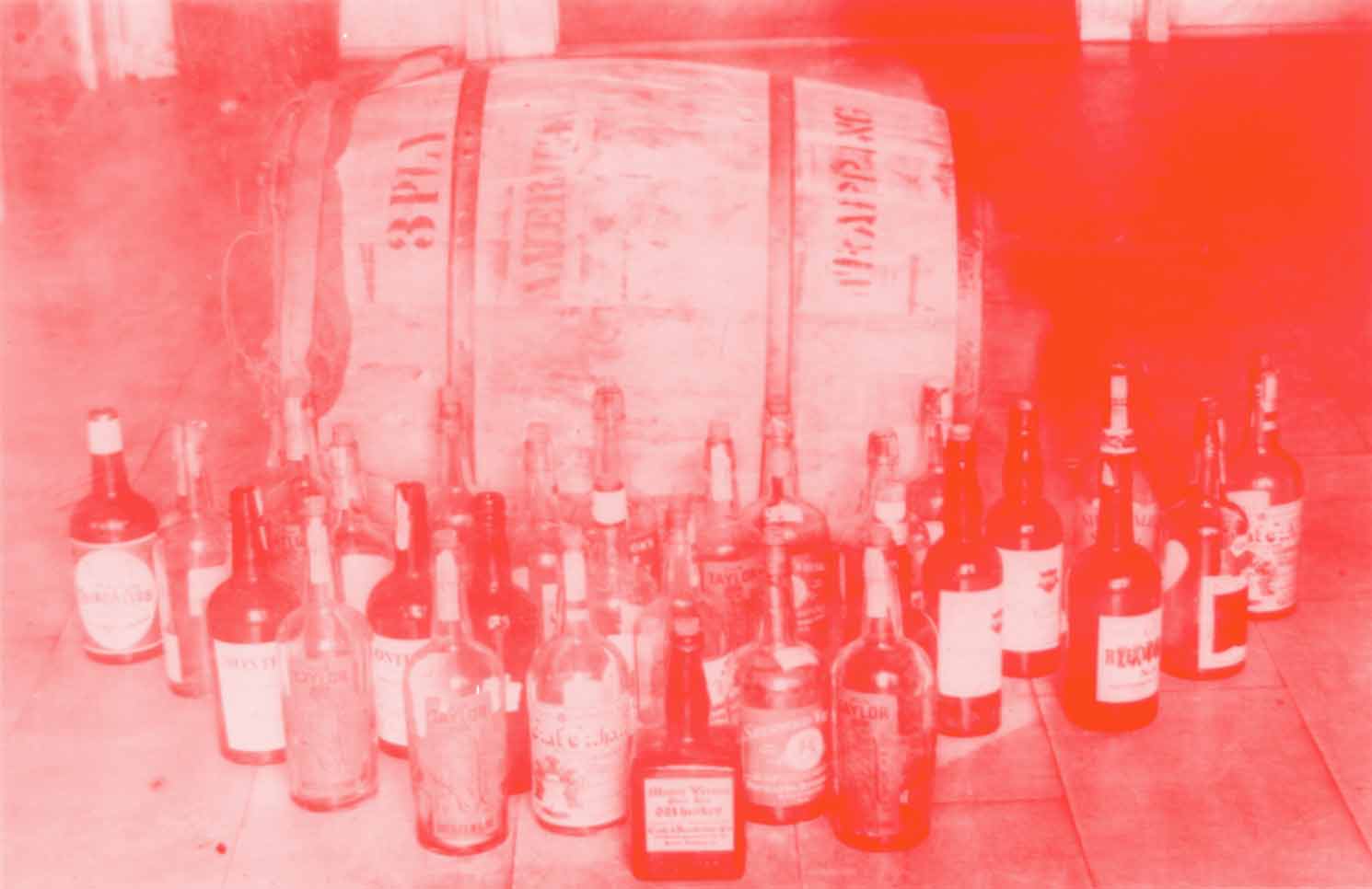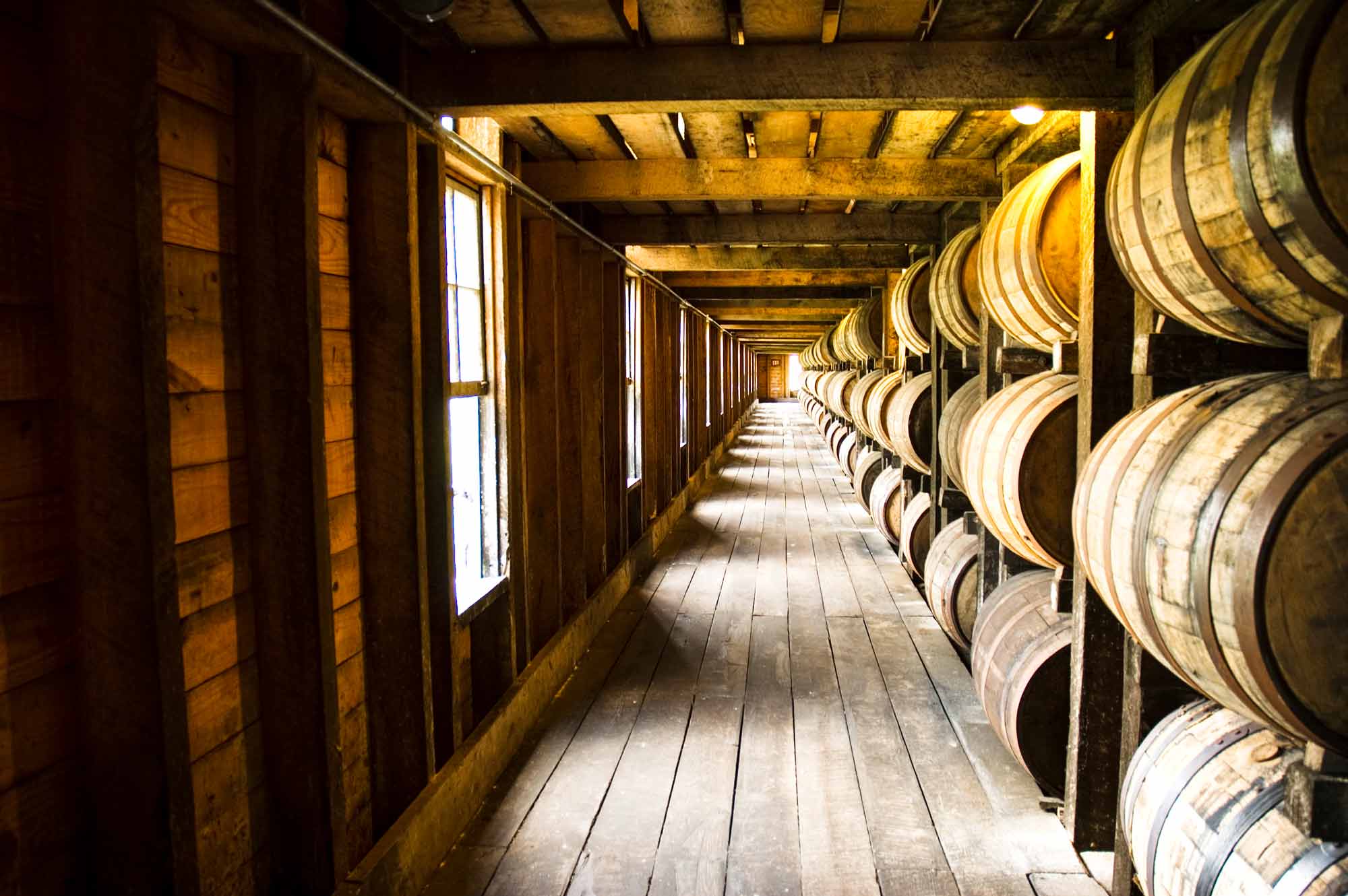What is bourbon? Here's the bourbon basics you need to know
What is bourbon, and how is it made? We take a look and what goes into making the USA's native spirit the great whiskey that it is.

What is bourbon? Yes, it is the flag-waving, national spirit of the USA and one of its great exports to the world. It is a whiskey that is hundreds of years old, yet has only had a codified system of rules for its production since the 1960s.
And sure, it’s great in a number of classic cocktails (like the Manhattan), but what is bourbon all about? Here, we look at how it is made and more.
What is bourbon
Contrary to popular wisdom, bourbon doesn’t need to be produced in Bourbon County, Kentucky, in order to be labelled as bourbon. In fact, bourbon can be made anywhere in the United States.
Bourbon is America’s native spirit, according to Congress, and its flavour profile can range from mellow and round, rich and spicy.
Bourbon whiskey must by law, be made from a mash comprised of at least 51 percent corn, with other grains — like rye and wheat — making up the balance.
Bourbon whiskey must be distilled to no higher than 80 percent ABV, and be aged in new, charred barrels.

For a bourbon to be labelled as straight bourbon the whiskey must have been aged for two years, though in practice many distillers age it for around four years.
One way it differs from much of the whiskey produced across the globe is that the regulations don’t allow for anything to be added to the whiskey, such as caramel to colour it (a practice not uncommon in Scotch whisky making).
How is bourbon made?
Bourbon begins with a mash bill. The mash bill is the percentages of grains that is put together to make a wort and malted, converting the starches into sugar. These sugars in the wort are fermented into a low alcohol wine of sorts, which is then distilled.
Bourbon undergoes two distillations: the first sees the wash and spent grains distilled in a column still to around 55 percent ABV, which then goes into a pot still for further rectification, but to no greater than 80 percent ABV.
The resulting spirit then must be aged. It must be less than 62.5 percent ABV when it goes into barrels, and those barrels must not have been used to store anything else. The barrels will be charred on the inside, and this contributes caramelised and vanilla flavours to the spirit as it ages.
As mentioned above, to be labelled as straight bourbon the spirit must be aged for a minimum of two years in these barrels, though there is no minimum ageing requirement for bourbon that isn’t labelled as straight. If the bourbon has aged for less than four years, then an age statement must be applied to the label — this encourages distillers to age their whiskey for four years or more.
It’s worthwhile noting that while Scotch single malt is often revered for ageing 12 years and more, because of the very hot summers (and very cold winters) in Kentucky, six years of ageing in a Kentucky warehouse is considered equal to some 20 years in Scotland.

